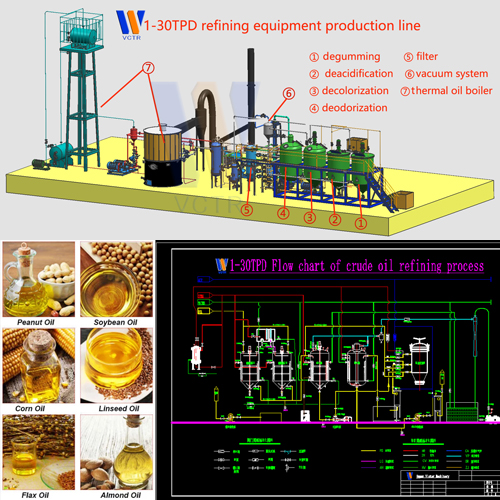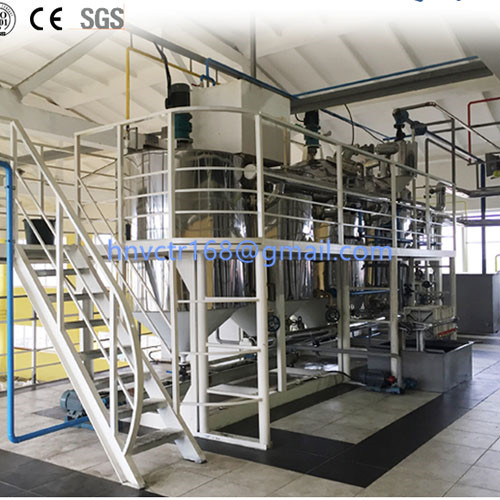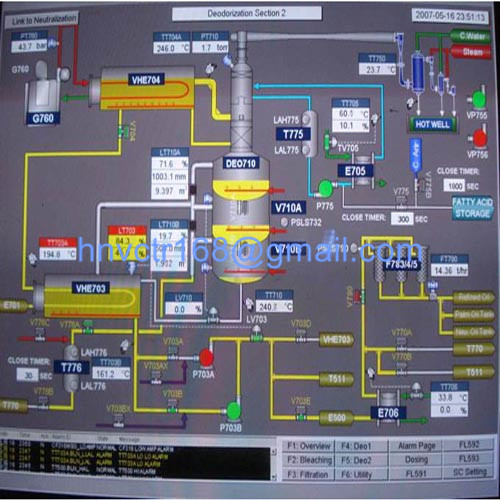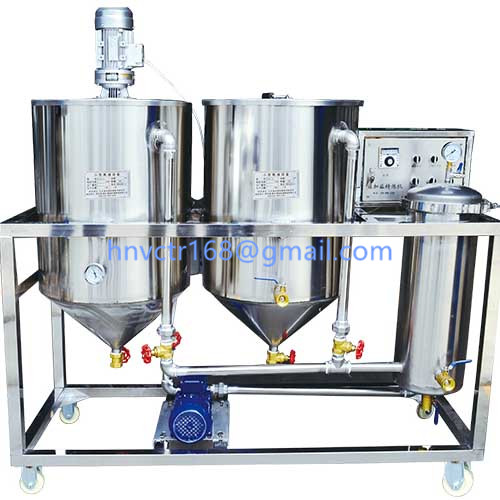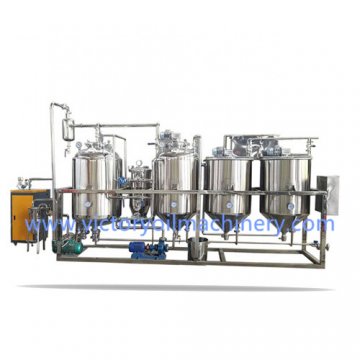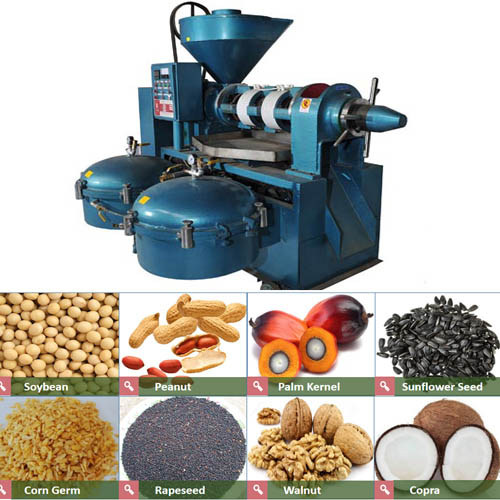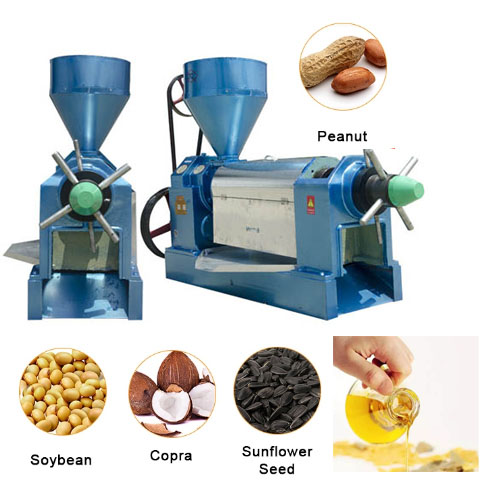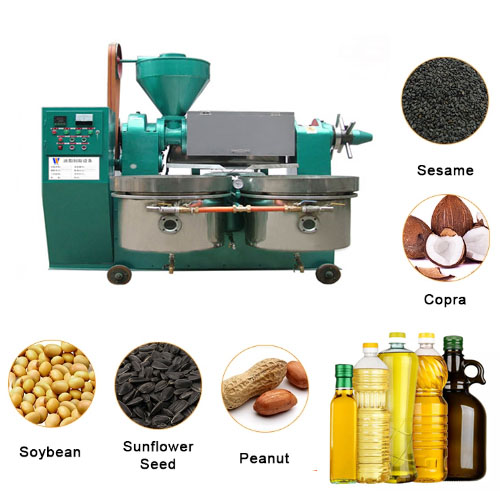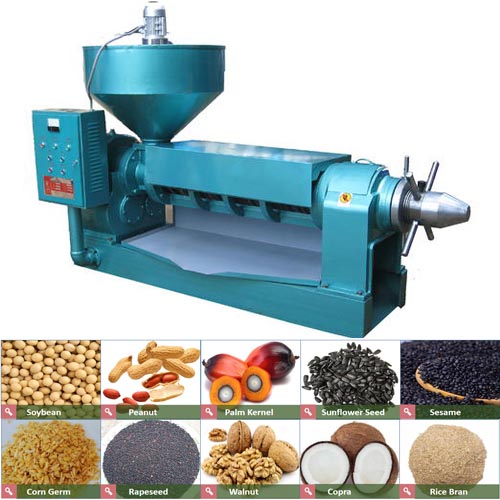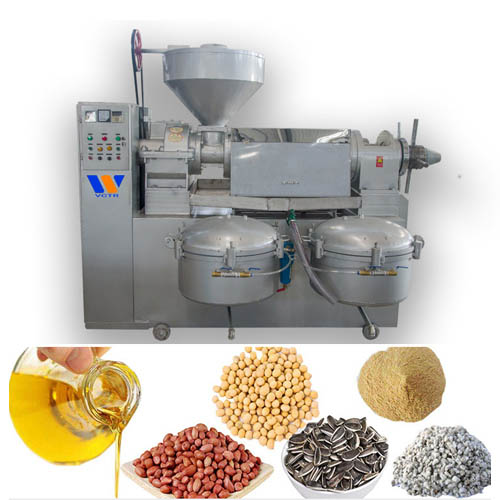Method for removing aflatoxin in peanut oil
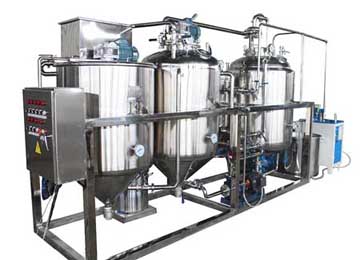
Peanuts are one of the crops most susceptible to infection by Aspergillus flavus. Therefore, the main factor affecting the quality of peanut oil is aflatoxin. Aflatoxin is a toxin produced by Aspergillus flavus and Aspergillus parasiticus that can cause liver cancer.It is very toxic and has a strong carcinogenic effect on humans and animals.At present, there are more than ten kinds of aflatoxins B1, B2, G1, G2, M1, M2, P1, Q1, etc., among which aflatoxin B1 is the most toxic and carcinogenic.It is the strongest chemical carcinogen found so far.The state controls the content of grain and oil products very strictly. The maximum aflatoxin in peanut oil and its products does not exceed 20 micrograms/kg, and the export trade requirement does not exceed 5 micrograms/kg. And the content of the newly pressed peanut oil in China is often too high, which cannot meet the requirements for domestic consumption or export.Therefore, understanding the method of removing aflatoxin in peanut oil and controlling the content of aflatoxin in peanut oil are of great significance to people's health.
At present, the main methods for removing aflatoxins in peanut oil are: physical methods, chemical methods, biological methods and others.
1. Physical methods
It includes adsorption method and irradiation method. The adsorption method is to add activated bleaching earth, activated carbon, diatomaceous earth, etc. to peanut oil as adsorbents.These adsorbents not only remove the pigment in the crude oil, but also adsorb the aflatoxin in the peanut oil, greatly reducing the toxin content. In peanut oil treated with activated clay, aflatoxin B1 can be reduced from 100 micrograms/kg to less than 10 micrograms/kg. The acid value and impurities of the oil are also reduced to varying degrees, while the smell and refractive index are basically unchanged.
The irradiation method can be irradiated with ultraviolet light, γ-ray, etc. At present, the UV irradiation method is commonly used. It is better to enter the Aspergillus flavus degradation machine before peanut oil is bottled(tank).The principle of detoxification is to irradiate with ultraviolet light. Aspergillus flavus B1 molecules absorb a certain wavelength of light energy, part of the light energy is excited and the fluorescence disappears and consumes energy, while the remaining part of the light energy causes chemical changes inside the toxin molecules. When it disappears, the toxicity disappears.
2. Chemical methods
Chemical methods are mostly treated with chemical reagents, such as sodium hydroxide, hydrogen peroxide, sodium hypochlorite, ozone, ammonium salts, and chlorine. One of the most commonly used is to add sodium hydroxide through alkali refining (alkali refining itself is a method of oil refining) for detoxification.
Adding sodium hydroxide to the crude oil will cause the toxin to react with the alkali to destroy the inner aliphatic ring structure in the aflatoxin and hydrolyze it into water-soluble coumarin sodium salt, and then wash it to remove the toxin. This can destroy most of the toxins and reduce the aflatoxin content in the oil below the allowable standard. But the inherent fragrance of peanut oil is also removed at the same time, which affects the quality of peanut oil. In addition, a certain amount of antioxidants such as commonly used BHT and BHA can also be added to peanut oil, which can inhibit the liver cancer-causing effect of aflatoxin B1.
3. Biological methods
It uses the specificity of enzyme action to detoxify peanut oil with enzymes that specifically decompose aflatoxins but have no effect on other components of the oil. This is an ideal method. However, the safety of this method in toxicology, the detoxification mechanism of aflatoxin in the degradation process, and the structure and toxicity of metabolites require further experiments.
In order to ensure that the content of aflatoxin in peanut oil does not exceed the standard, in addition to the above-mentioned methods to remove aflatoxin in the oil production process, the growth and storage environment of peanuts should also be controlled to reduce the chance of peanut infection with aflatoxin; and Before the oil pressing, peanuts are strictly selected to further reduce the amount of aflatoxin carried by the raw peanuts.
Hot tags:Peanut oil,New technology of peanut oil refining,oil refining, Aflatoxin,Degradation of aflatoxin, How to reduce aflatoxin in peanut oil.
At present, the main methods for removing aflatoxins in peanut oil are: physical methods, chemical methods, biological methods and others.
1. Physical methods
It includes adsorption method and irradiation method. The adsorption method is to add activated bleaching earth, activated carbon, diatomaceous earth, etc. to peanut oil as adsorbents.These adsorbents not only remove the pigment in the crude oil, but also adsorb the aflatoxin in the peanut oil, greatly reducing the toxin content. In peanut oil treated with activated clay, aflatoxin B1 can be reduced from 100 micrograms/kg to less than 10 micrograms/kg. The acid value and impurities of the oil are also reduced to varying degrees, while the smell and refractive index are basically unchanged.
The irradiation method can be irradiated with ultraviolet light, γ-ray, etc. At present, the UV irradiation method is commonly used. It is better to enter the Aspergillus flavus degradation machine before peanut oil is bottled(tank).The principle of detoxification is to irradiate with ultraviolet light. Aspergillus flavus B1 molecules absorb a certain wavelength of light energy, part of the light energy is excited and the fluorescence disappears and consumes energy, while the remaining part of the light energy causes chemical changes inside the toxin molecules. When it disappears, the toxicity disappears.
2. Chemical methods
Chemical methods are mostly treated with chemical reagents, such as sodium hydroxide, hydrogen peroxide, sodium hypochlorite, ozone, ammonium salts, and chlorine. One of the most commonly used is to add sodium hydroxide through alkali refining (alkali refining itself is a method of oil refining) for detoxification.
Adding sodium hydroxide to the crude oil will cause the toxin to react with the alkali to destroy the inner aliphatic ring structure in the aflatoxin and hydrolyze it into water-soluble coumarin sodium salt, and then wash it to remove the toxin. This can destroy most of the toxins and reduce the aflatoxin content in the oil below the allowable standard. But the inherent fragrance of peanut oil is also removed at the same time, which affects the quality of peanut oil. In addition, a certain amount of antioxidants such as commonly used BHT and BHA can also be added to peanut oil, which can inhibit the liver cancer-causing effect of aflatoxin B1.
3. Biological methods
It uses the specificity of enzyme action to detoxify peanut oil with enzymes that specifically decompose aflatoxins but have no effect on other components of the oil. This is an ideal method. However, the safety of this method in toxicology, the detoxification mechanism of aflatoxin in the degradation process, and the structure and toxicity of metabolites require further experiments.
In order to ensure that the content of aflatoxin in peanut oil does not exceed the standard, in addition to the above-mentioned methods to remove aflatoxin in the oil production process, the growth and storage environment of peanuts should also be controlled to reduce the chance of peanut infection with aflatoxin; and Before the oil pressing, peanuts are strictly selected to further reduce the amount of aflatoxin carried by the raw peanuts.
Hot tags:Peanut oil,New technology of peanut oil refining,oil refining, Aflatoxin,Degradation of aflatoxin, How to reduce aflatoxin in peanut oil.

